Do you have joint or muscle pain? You’re not alone. An estimated 13 – 47% of U.S. population are affected by musculoskeletal pain.1 Not only is this extremely common, chronic musculoskeletal pain can also be debilitating to your quality of life and notoriously hard to resolve. If you or a loved one currently suffer from chronic joint or muscle pain, Phoenix Men’s Health Center has a safe and effective treatment option called Prolotherapy.
As explained in the previous blog post, prolotherapy is a treatment consisting of injections of small volumes of irritant hypertonic dextrose at painful ligament, tendon, and joint space sites. Cells around the injection site are ruptured because of the osmotic difference between the solution and cells. The resulting inflammation of the local tissues leads to tissue healing and strengthening of damaged structures, which improves function and decreases pain in the surrounding area.2 This article explores common sources of chronic musculoskeletal pain and how prolotherapy has helped patients with these conditions.
Lower Back Pain
Lower back pain affects about 80% of Americans in their lifetime. For both lower back pain patients with a specific cause (i.e. degerative diseases, coccygodynia) and without (non-specific lower back pain), research shows promise in increased function and decreased pain/disability. In a study on patients with degenerative disc disease, an average of 3.5 prolotherapy treatments resulted in a significant improvement in pain scores and pain improvement was sustained at 18 months’ follow-up.3 This suggests that prolotherapy can be an effective alternative to steroid injections for back pain, which tend to last for shorter periods of time.
Tendinopathies
Tendinopathies refer to non-inflammatory tendon injuries from chronic overuse or repetitive motion, especially common with athletes. Prolotherapy can also be used to treat tendinopathy disorders. In patients suffering from lateral epicondylosis (“tennis elbow”), research showed significant improvement in pain and grip strength with prolotherapy, which were maintained 52 weeks after the treatments ended.4 Prolotherapy for those with hip adductor tendinopathy and plantar fasciitis, both common in athletes, has shown significantly improved pain as well.5,6
Osteoarthritis
43 million US individuals suffer from arthritis.7 Arthritis is not only debilitating to the individual but also to the workforce and the economy, as its impact can lead to substantial losses in productivity. Osteoarthritis is the most common joint disorder, as well as the most prevalent arthritis form. With patients suffering from knee and finger osteoarthritis, prolotherapy injections have resulted in significant improvements in swelling and pain, as well as increased range of motion.8
Don’t keep living through chronic musculoskeletal pain. Talk to Phoenix Men’s Health Center about getting prolotherapy treatments to improve your pain and quality of life. You can call 602-908-5422 or click here to make an appointment.
References:
- Cimmino, M., Ferrone, C., & Cutolo, M. (2011). Epidemiology of chronic musculoskeletal pain. Best practice & research Clinical rheumatology, 25(2), 173-183.
- Rabago, D., Slattengren, A., & Zgierska, A. (2010). Prolotherapy in primary care practice. Primary Care: Clinics in Office Practice, 37(1), 65-80.
- Miller, M. R., Mathews, R. S., & Reeves, K. D. (2006). Treatment of painful advanced internal lumbar disc derangement with intradiscal injection of hypertonic dextrose. Pain Physician, 9(2), 115-121.
- Scarpone, M., Rabago, D., Zgierska, A., Arbogest, J., & Snell, E. (2008). The efficacy of prolotherapy for lateral epicondylosis: a pilot study. Clinical journal of sport medicine: official journal of the Canadian Academy of Sport Medicine, 18(3), 248.
- Topol, G., Reeves, K., & Hassanein, K. (2005). Efficacy of dextrose prolotherapy in elite male kicking-sport athletes with chronic groin pain. Archives of physical medicine and rehabilitation, 86(4), 697-702.
- Ryan, M., Wong, A., Gillies, J., Wong, J., & Taunton, J. (2009). Sonographically guided intratendinous injections of hyperosmolar dextrose/lidocaine: a pilot study for the treatment of chronic plantar fasciitis. British journal of sports medicine, 43(4), 303-306.
- Reginster, J. Y. (2002). The prevalence and burden of arthritis. Rheumatology, 41(suppl 1), 3-6.
- Reeves, K., & Hassanein, K. (2000). Randomized, prospective, placebo-controlled double-blind study of dextrose prolotherapy for osteoarthritic thumb and finger (DIP, PIP, and trapeziometacarpal) joints: evidence of clinical efficacy. The Journal of Alternative & Complementary Medicine, 6(4), 311-320.
**This content is for informational purposes only and is not intended as medical advice. Please consult with a healthcare professional before starting any treatment. Individual results may vary based on health conditions and other factors.

